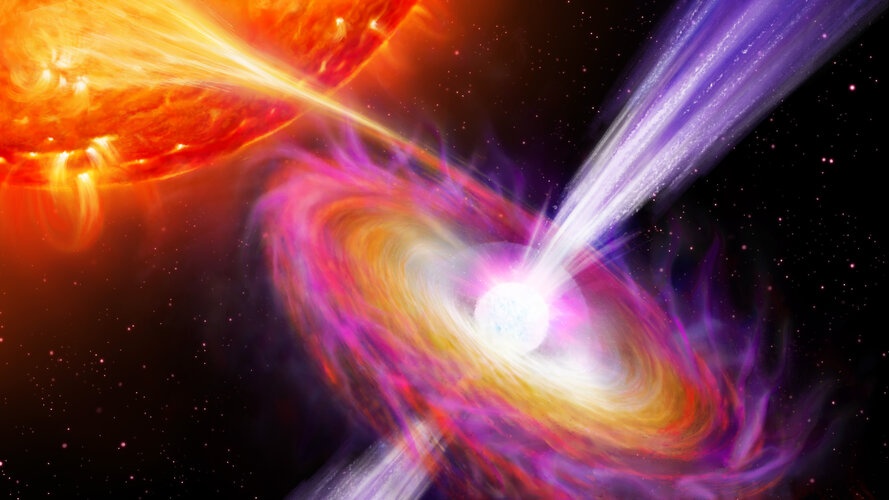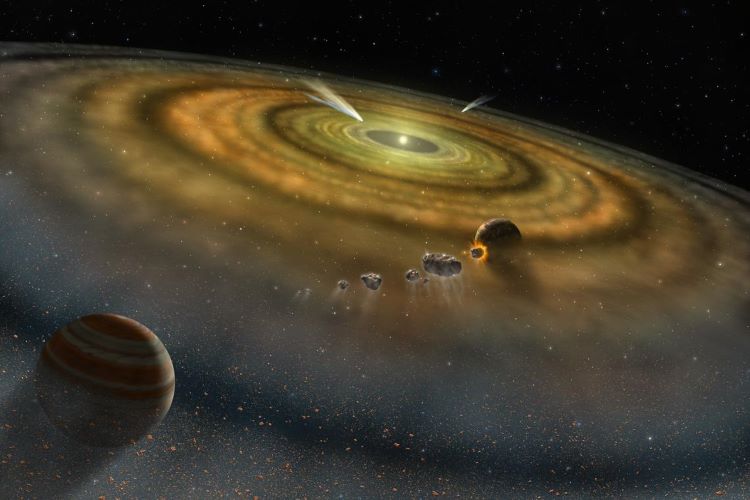It’s a well known fact that black holes absorb anything that falls into them. Often before material ‘vanishes’ inside it forms into an accretion disk around them. Like the progenitor stars, the black holes have powerful magnetic fields and these can generate jets that blast away from the black hole. A similar process occurs in neutron stars that are orbiting other stars and recent observations holes have shown that some material in the jets travel at speeds 35-40% the speed of light.
Continue reading “Neutron Stars are Jetting Material Away at 40% the Speed of Light”Lunar Night Permanently Ends the Odysseus Mission
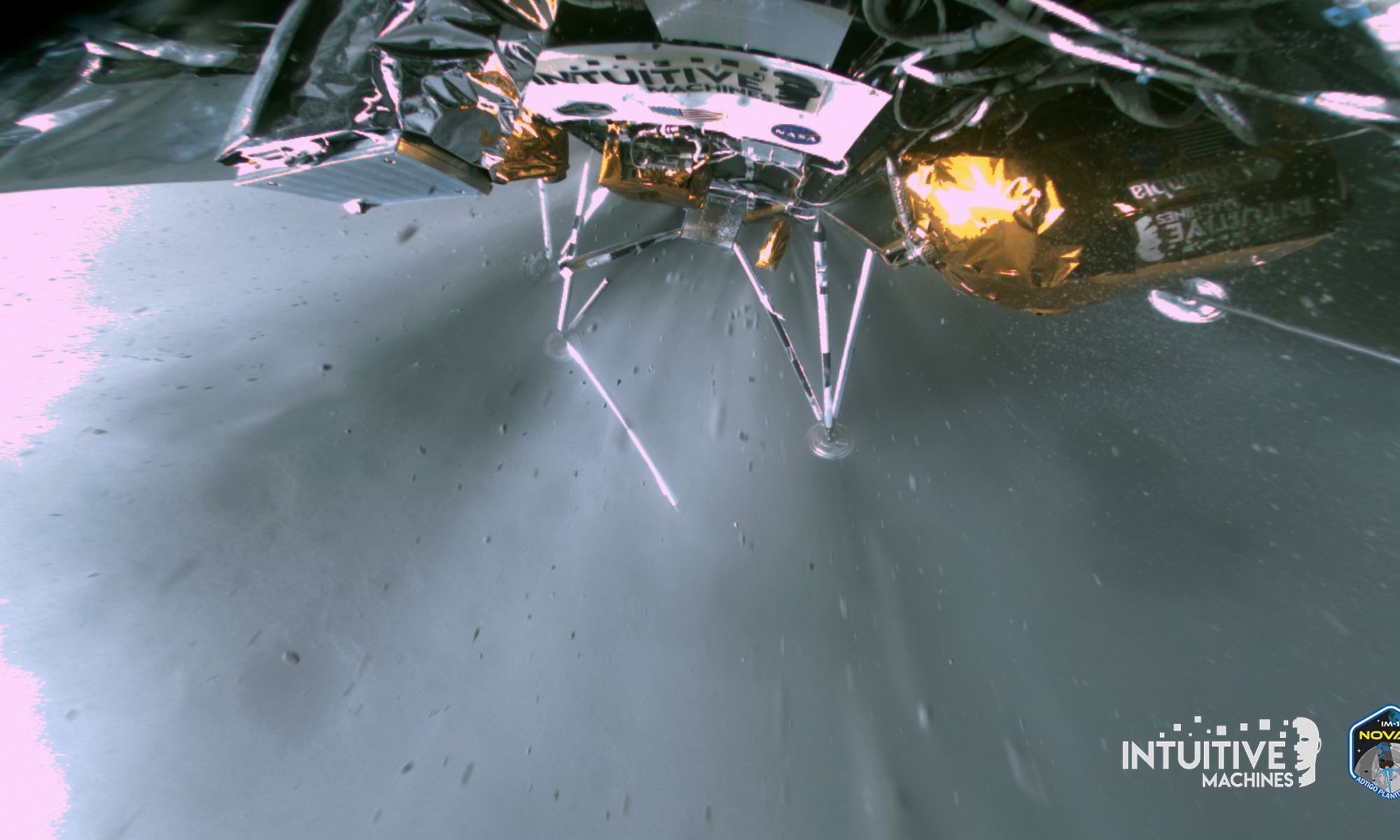
On February 15th, Intuitive Machines (IM) launched its first Nova-C class spacecraft from Kennedy Space Center in Florida atop a SpaceX Falcon 9 rocket. On February 22nd, the spacecraft – codenamed Odysseus (or “Odie”) – became the first American-built vehicle to soft-land on the lunar surface since the Apollo 17 mission in 1972. While the landing was a bit bumpy (Odysseus fell on its side), the IM-1 mission successfully demonstrated technologies and systems that will assist NASA in establishing a “sustained program of lunar exploration and development.”
After seven days of operation on the lunar surface, Intuitive Machines announced on February 29th that the mission had ended with the onset of lunar night. While the lander was not intended to remain operational during the lunar night, flight controllers at Houston set Odysseus into a configuration that would “call home” if it made it through the two weeks of darkness. As of March 23rd, the company announced that their flight controllers’ predictions were correct and that Odie would not be making any more calls home.
Continue reading “Lunar Night Permanently Ends the Odysseus Mission”Webb Joins the Hunt for Protoplanets
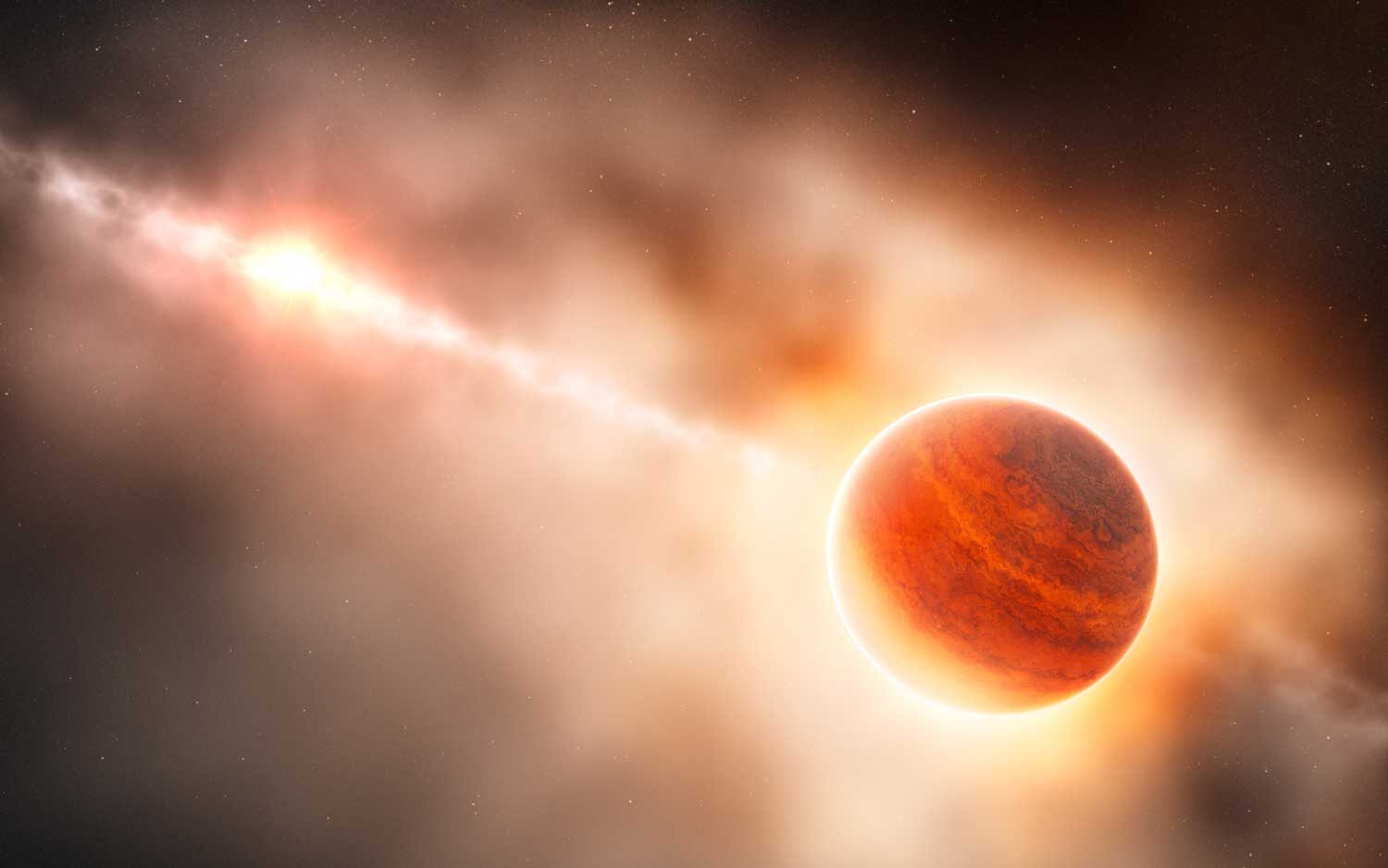
We can’t understand what we can’t clearly see. That fact plagues scientists who study how planets form. Planet formation happens inside a thick, obscuring disk of gas and dust. But when it comes to seeing through that dust to where nascent planets begin to take shape, astronomers have a powerful new tool: the James Webb Space Telescope.
Continue reading “Webb Joins the Hunt for Protoplanets”This Supernova Lit Up the Sky in 1181. Here’s What it Looks Like Now

Historical astronomical records from China and Japan recorded a supernova explosion in the year 1181. It was in the constellation Cassiopeia and it shone as bright as the star Vega for 185 days. Modern astronomers took their cue from their long-gone counterparts and have been searching for its remnant.
But it took them time to find it because they were looking for the wrong thing.
Continue reading “This Supernova Lit Up the Sky in 1181. Here’s What it Looks Like Now”Hubble Sees a Star About to Ignite
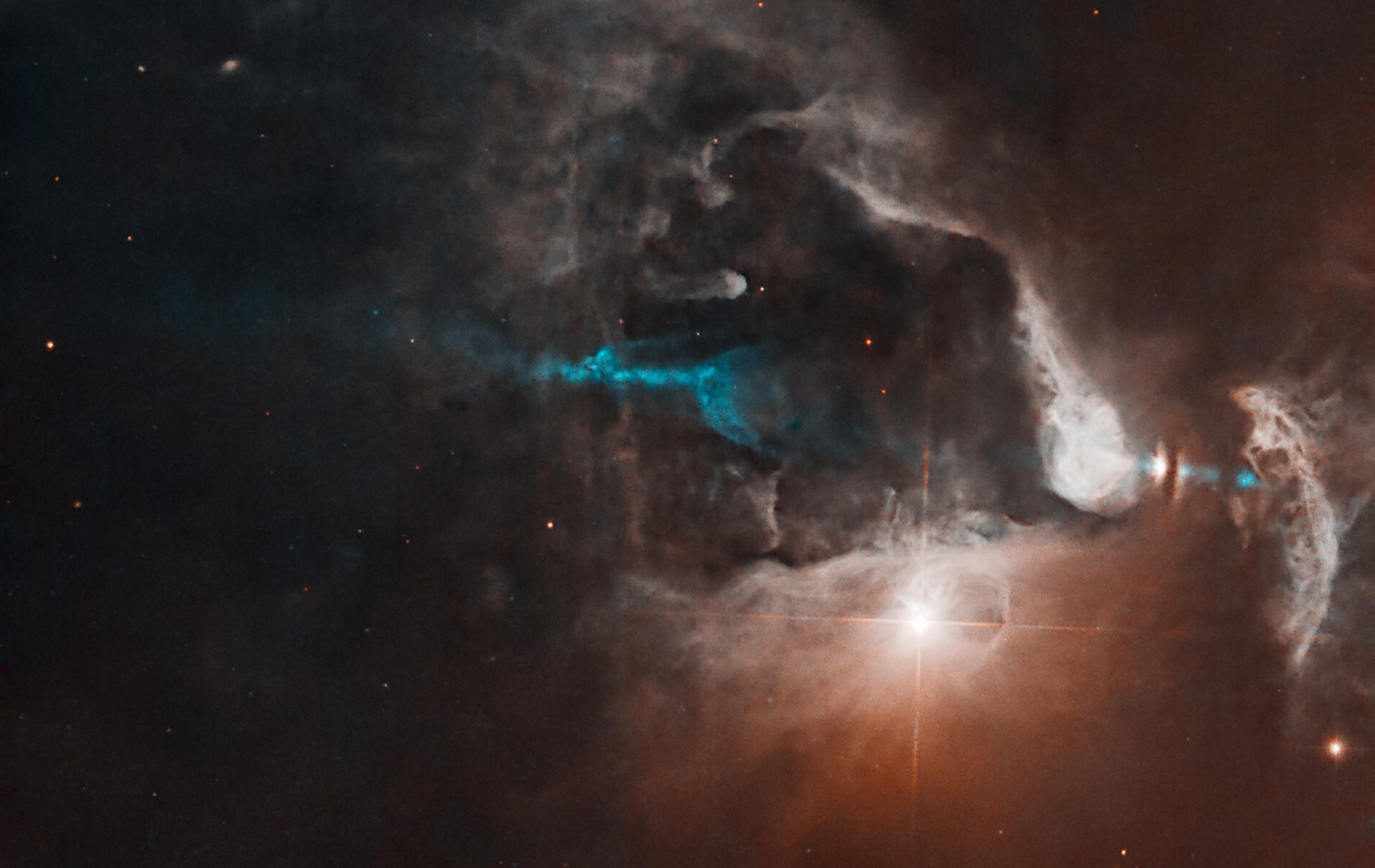
We know how stars form. Clouds of interstellar gas and dust gravitationally collapse to form a burst of star formation we call a stellar nursery. Eventually, the cores of these protostars become dense enough to ignite their nuclear furnace and shine as true stars. But catching stars in that birth-moment act is difficult. Young stars are often hidden deep within their dense progenitor cloud, so we don’t see their light until they’ve already started shining. But new observations from the Hubble Space Telescope have given us our earliest glimpse of a shiny new star.
Continue reading “Hubble Sees a Star About to Ignite”This Black Hole is a Total Underachiever
Anyone can be an underachiever, even if you’re an astronomical singularity weighing over four billion times the mass of the Sun. At least the quasar H1821+643 doesn’t have parents to be disappointed in it. But its underachievement could shed light on how quasars, a potent type of black hole, can come to influence entire clusters of galaxies, as described in a new paper from researchers at the University of Nottingham and Harvard.
Continue reading “This Black Hole is a Total Underachiever”Someone Just Found SOHO's 5,000th Comet
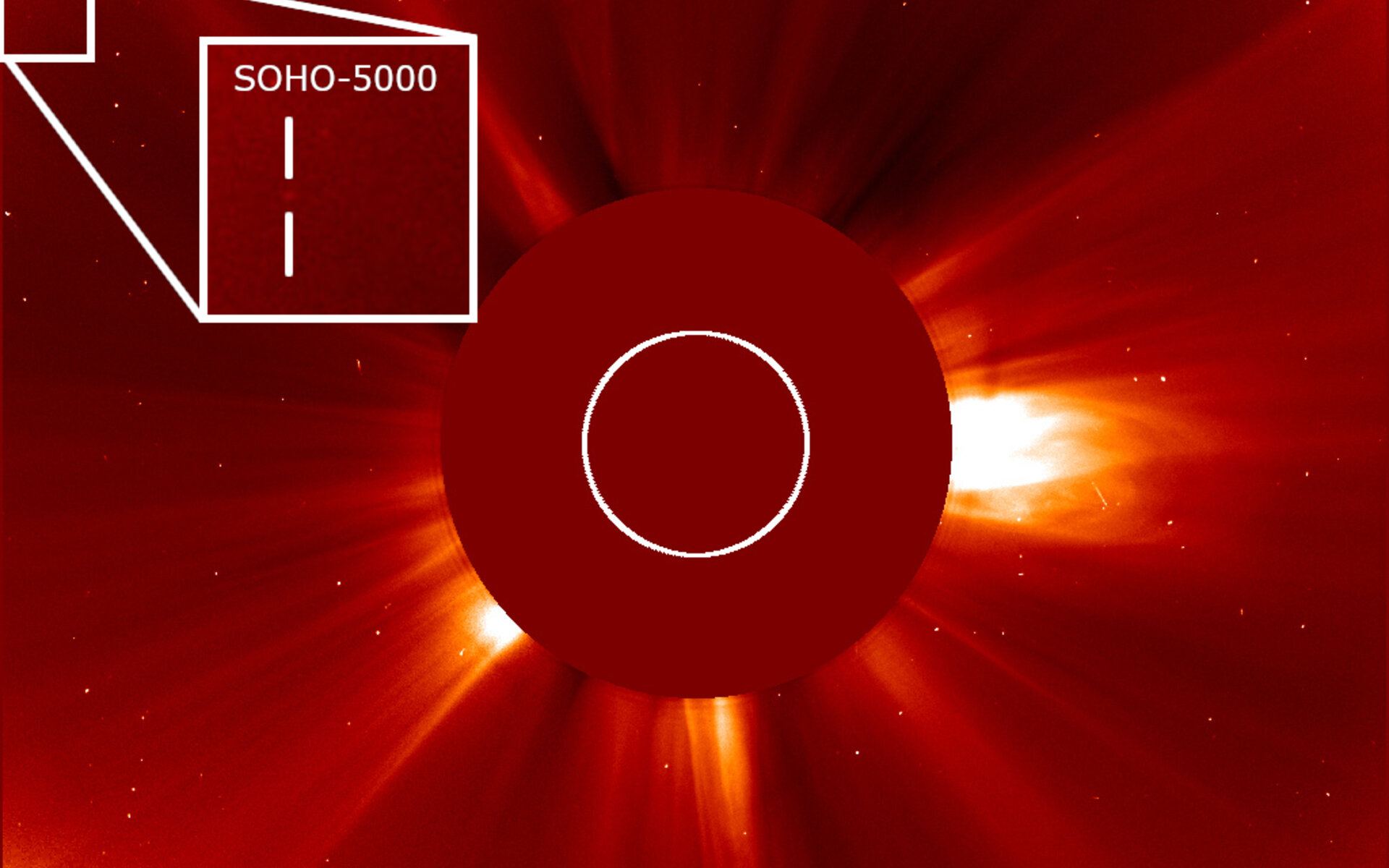
The Solar and Heliospheric Observatory (SOHO) was designed to examine the Sun, but as a side benefit, it has been the most successful comet hunter ever built. Since early in the mission, citizen scientists have been scanning through the telescope’s data, searching for icy objects passing close to the Sun. An astronomy student in Czechia has identified 200 comets in SOHO data since he started in 2009 at the age of 13. He recently spotted the observatory’s 5,000th comet.
Continue reading “Someone Just Found SOHO's 5,000th Comet”Astronomers Only Knew of a Single Binary Cepheid System. Now They Just Found Nine More

Measuring the distance to far away objects in space can be tricky. We don’t even know the precise distance to even our closest neighbors in the Universe – the Small and Large Magellanic Clouds. But, we’re starting to get to the tools to measure it. One type of tool is a Cepheid Variable – a type of star that varies its luminosity in a well-defined pattern. However, we don’t know much about their physical properties, making utilizing them as distance markers harder. Finding their physical properties would be easier if there were any Cepheid binaries that we could study, but astronomers have only found one pair so far. Until a recent paper from researchers from Europe, the US, and Chile shows measurements of 9 additional binary Cepheid systems – enough that we can start understanding the statistics of these useful distance markers.
Continue reading “Astronomers Only Knew of a Single Binary Cepheid System. Now They Just Found Nine More”DART Changed the Shape of Asteroid Dimorphos, not Just its Orbit

On September 26th, 2022, NASA’s Double Asteroid Redirection Test (DART) collided with the asteroid Dimorphos, a moonlet that orbits the larger asteroid Didymos. The purpose of this test was to evaluate a potential strategy for planetary defense. The demonstration showed that a kinetic impactor could alter the orbit of an asteroid that could potentially impact Earth someday – aka. Potentially Hazardous Asteroid (PHA). According to a new NASA-led study, the DART mission’s impact not only altered the orbit of the asteroid but also its shape!
Continue reading “DART Changed the Shape of Asteroid Dimorphos, not Just its Orbit”Cosmochemistry: Why study it? What can it teach us about finding life beyond Earth?
Universe Today has had some fantastic discussions with researchers on the importance of studying impact craters, planetary surfaces, exoplanets, astrobiology, solar physics, comets, planetary atmospheres, and planetary geophysics, and how these diverse scientific fields can help researchers and the public better understand the search for life beyond Earth. Here, we will investigate the unique field of cosmochemistry and how it provides researchers with the knowledge pertaining to both our solar system and beyond, including the benefits and challenges, finding life beyond Earth, and suggestive paths for upcoming students who wish to pursue studying cosmochemistry. But what is cosmochemistry and why is it so important to study it?
Continue reading “Cosmochemistry: Why study it? What can it teach us about finding life beyond Earth?”
